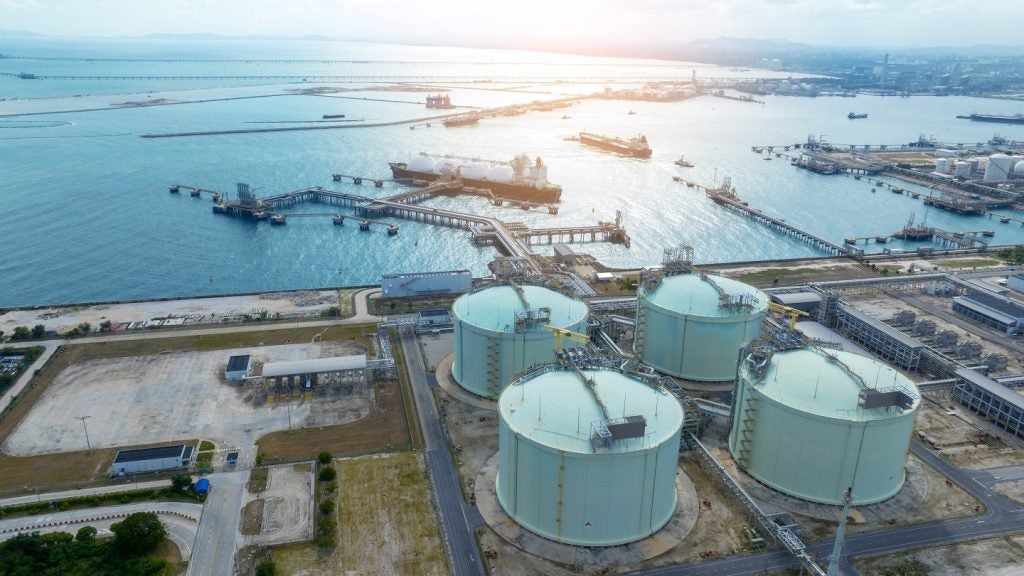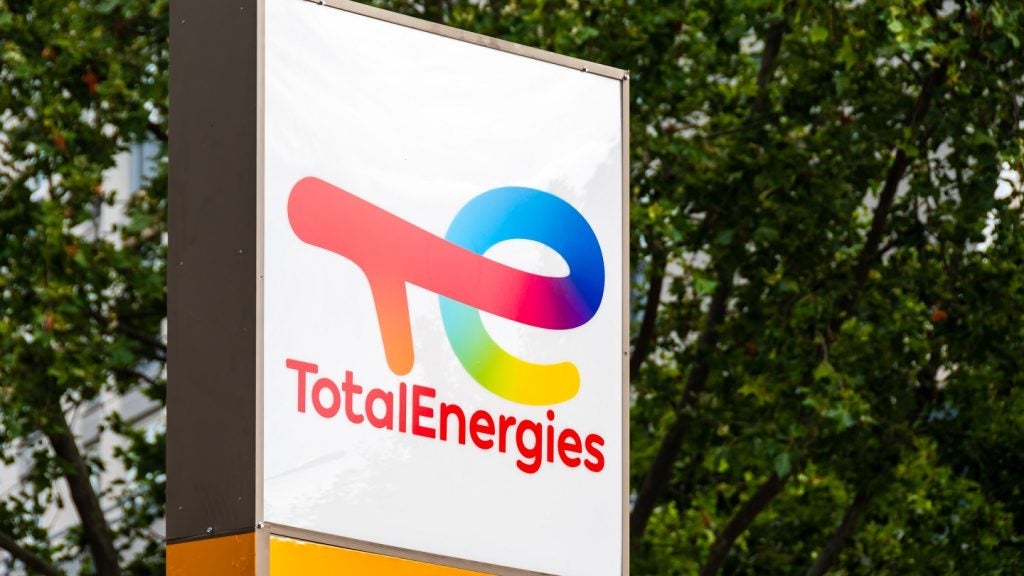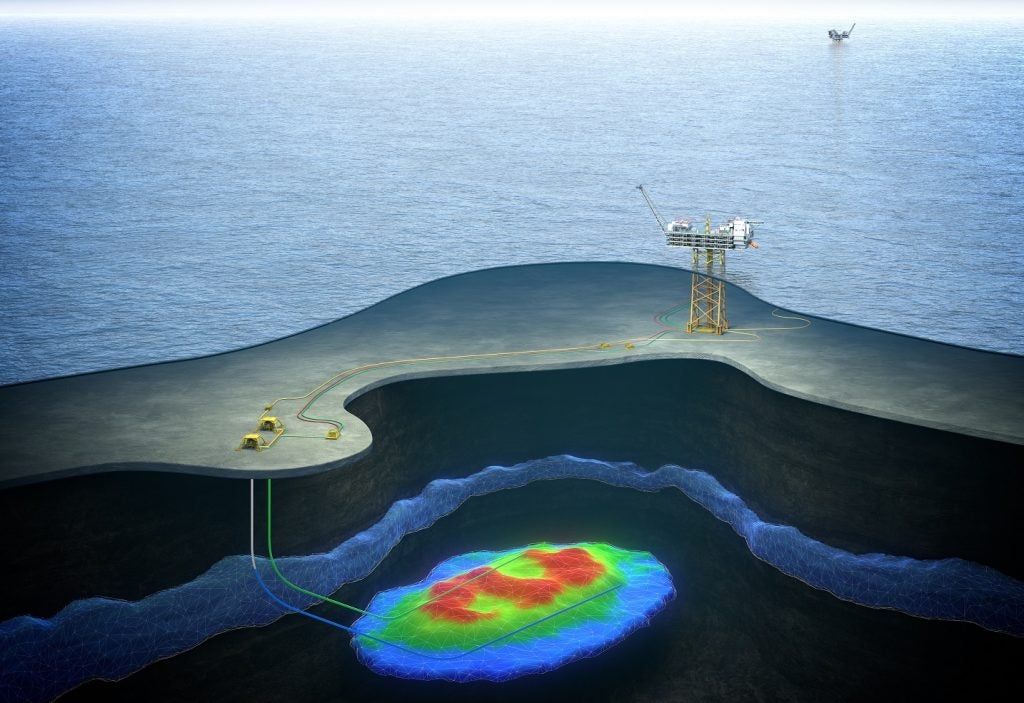Lang Lebah is a conventional gas development located in shallow water in Malaysia and is operated by PTTEP HK Offshore. According to GlobalData, who tracks more than 34,000 active and developing oil and gas fields worldwide, Lang Lebah was discovered in 2019, lies in block SK 410 B, with water depth of around 294 feet. Buy the profile here.
The project is currently in feed stage and is expected to start commercial production in 2028. Final investment decision (FID) of the project will be approved in 2024. The Lang Lebah conventional gas development will includes fixed platform and wellhead platforms.
Field participation details
The field is owned by Kuwait Petroleum, Petroliam Nasional and PTT Public.
Production from Lang Lebah
Production from the Lang Lebah conventional gas development project is expected to begin in 2028 and is forecast to peak in 2029, Based on economic assumptions, the production will continue until the field reaches its economic limit in 2046.
See Also:
Contractors involved in the Lang Lebah conventional gas field
Some of the key contractors involved in the Lang Lebah project as follows.
Design/FEED Engineering: Worley, TechnipFMC and Technip Energies
Other Contractors: Intecorr Consultancy Sdn
About PTTEP HK Offshore
PTTEP HK Offshore Ltd (PTTEP HK) specializes in providing exploration,drilling and production services. PTTEP HK is headquartered in Kuala Lumpur,Malaysia.
For more details on the Lang Lebah Conventional Gas Field, buy the profile here.
Premium Insights
From

The gold standard of business intelligence.
Blending expert knowledge with cutting-edge technology, GlobalData’s unrivalled proprietary data will enable you to decode what’s happening in your market. You can make better informed decisions and gain a future-proof advantage over your competitors.






